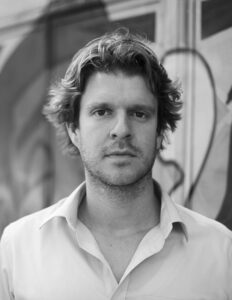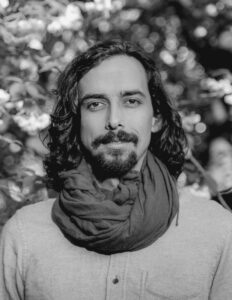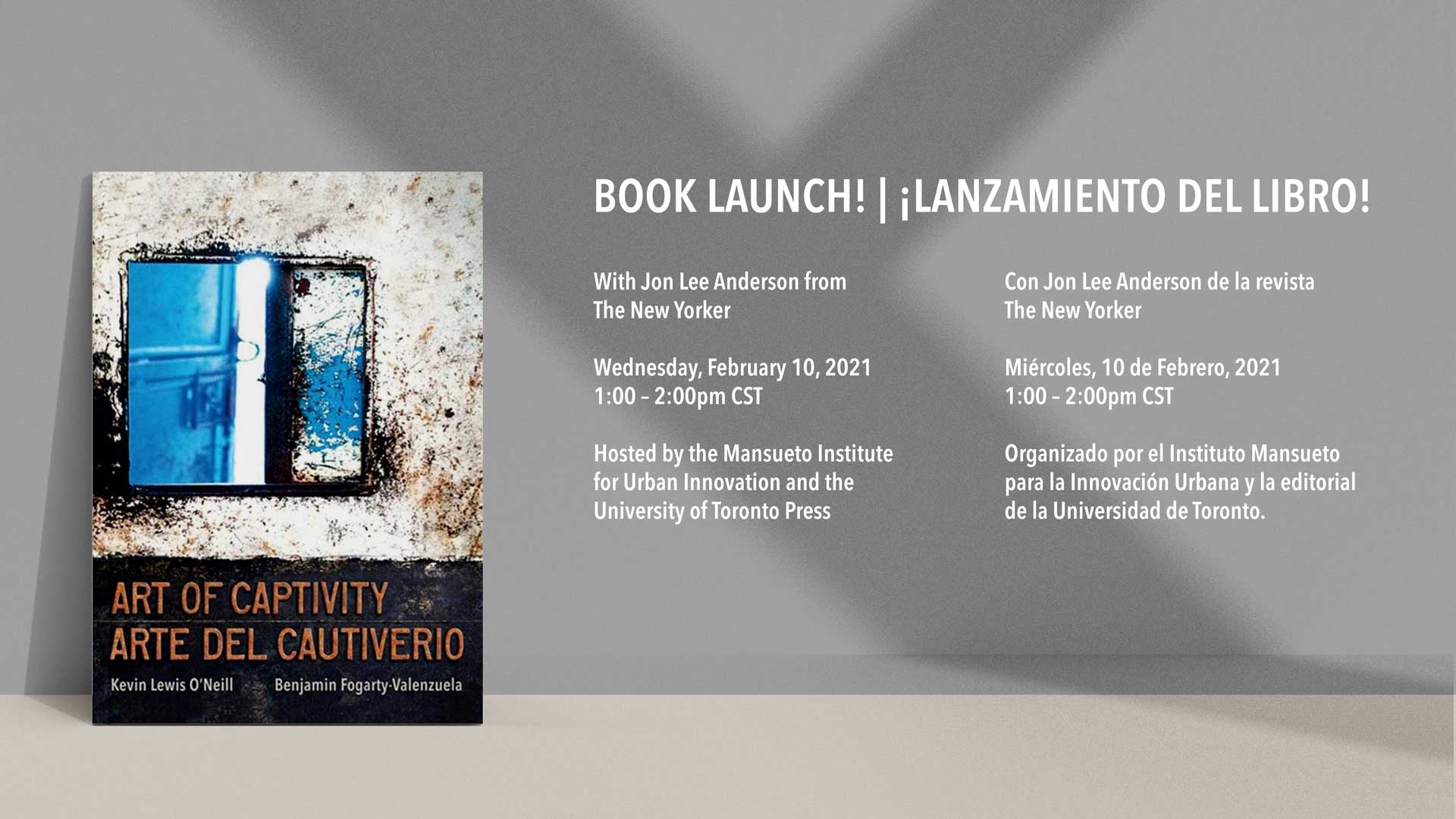
Art of Captivity
Arte Del Cautiverio
This online exhibition coincides with the launch of Art of Captivity (University of Toronto Press 2020) by anthropologists Kevin Lewis O’Neill and Benjamin Fogarty-Valenzuela. This bilingual Spanish-English photography book explores the Pentecostal drug rehabilitation centres of Guatemala City and how those held inside these centres (often against their will) turn to art-making with found objects and innovative supplies to create a sense of meaning and purpose.
Guatemala is the principal point of transit for Andean cocaine bound for North America, just as São Paulo is for cocaine bound for Europe. Toronto is one of the many consumer cities at the end of this trade route. All three cities are complicit in the establishment of an unregulated carceral system in Guatemala.
Photographed in the open air but only viewable through digital means, this exhibit marks an experiment in creativity. Featuring images from the streets of Guatemala City, São Paulo, and Toronto, these photographs are from Art of Captivity (University of Toronto Press 2020). They provoke a series of juxtapositions between the local and the transnational, the public and the private, and the visible and the invisible. But the most abrupt contrast here might be between this online space and the traditional exhibit. Our experience of art, not unlike the subjects of these photographs, abides in a state of enduring captivity.
Esta exhibición en línea coincide con el lanzamiento de Arte del Cautiverio (editorial de la Universidad de Toronto 2020) escrito por el antropólogo Kevin Lewis O´Neill y Benjamín Fogarty-Valenzuela. Este libro fotográfico y bilingüe (español-inglés) explora los centros pentecostales de rehabilitación en la Ciudad de Guatemala. También explora cómo aquellos que se encuentran dentro de estos centros (a menudo en contra de su voluntad) recurren a crear arte con objetos encontrados y suministros innovadores para crear un sentido de significado y propósito.
Guatemala es el punto principal de tránsito de cocaína andina dirigida hacia Norte América, así como São Paulo es el punto principal de tránsito de cocaína dirigida a Europa. Toronto es una de las muchas ciudades consumidoras al final de esta ruta de comercio. Las tres ciudades son cómplices en el establecimiento de un sistema carcelario no regulado en Guatemala.
Fotografiada al aire libre, pero solo visible a través de medios digitales, esta exhibición representa un experimento sobre la creatividad. Con imagines de las calles de la Ciudad de Guatemala, São Paulo y Toronto, las fotografías son de Arte del Cautiverio (editorial de la Universidad de Toronto 2020). Provocan una unión entre lo local y lo transnacional, lo público y lo privado, y lo visible e invisible. Sin embargo, el contraste más abrupto es el espacio en línea y la exhibición tradicional. Nuestras experiencias del arte, al igual que sucede con los sujetos de estas fotografías, permanecen en un estado de cautiverio permanente.
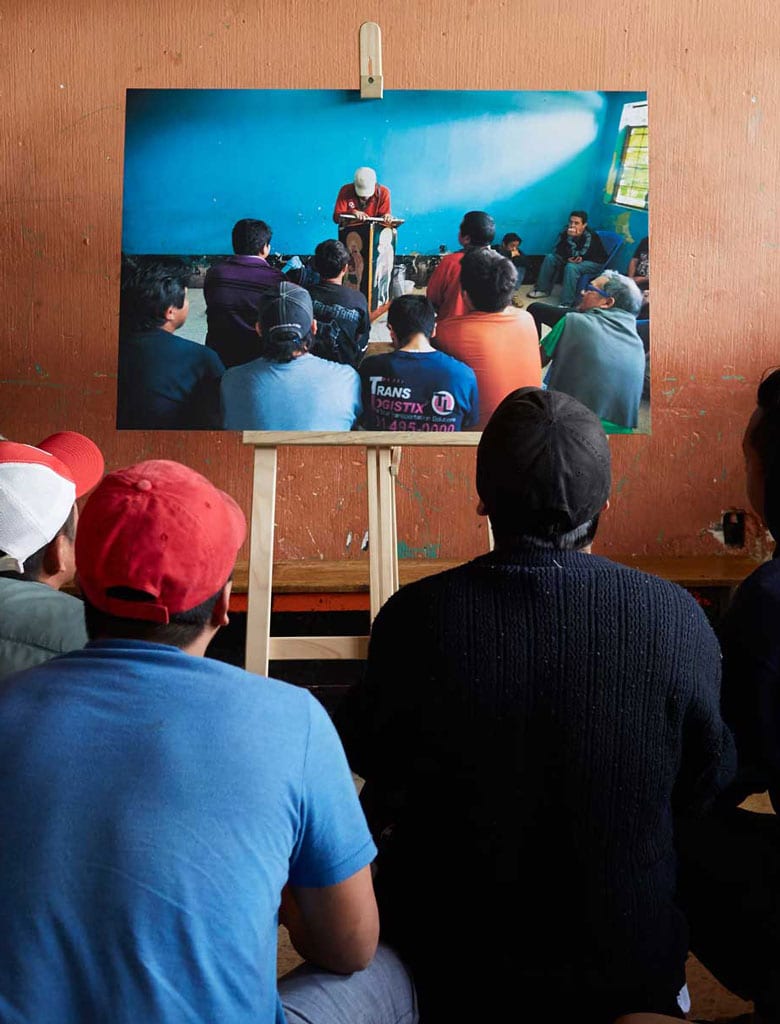
Guatemala City
In the days following mass protests demanding the resignation of Guatemalan president Alejandro Giammattei…En los días siguientes a una protesta masiva la cual demandaba la renuncia del presidente guatemalteco Alejandro Giammattei…
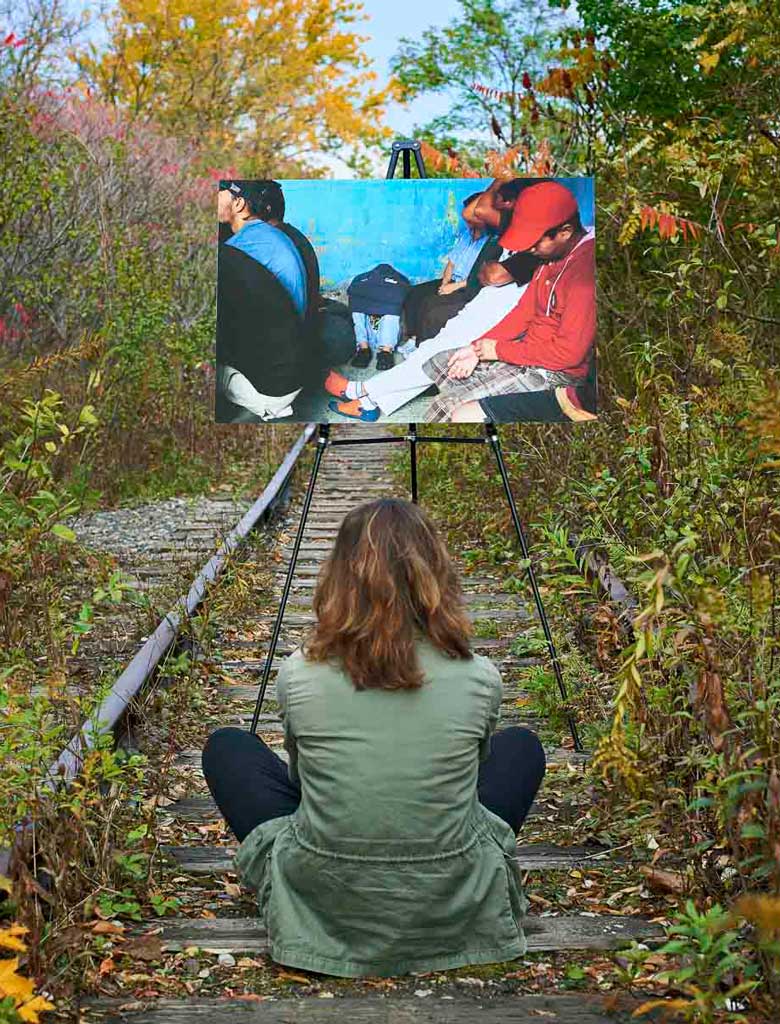
Toronto
By staging photographs of Guatemala City against the skyline and natural beauty of Toronto…Al montar fotografías de la Ciudad de Guatemala sobre el horizonte y belleza natural de Toronto...

São Paulo
Photographer Larissa Marques places images from Art of Captivity in the parkways of São Paulo, Brazil…La fotógrafa Larissa Marques coloca imágenes del Arte de Cautiverio en las avenidas de São Paulo, Brasil…
Kevin Lewis O’Neill
Kevin Lewis O’Neill is a professor in the Department for the Study of Religion and the director of the Centre for Diaspora and Transnational Studies at the University of Toronto.
Kevin Lewis O’Neill es profesor del Departamento para el Estudio de Religiones y director del Centro de Diáspora y Estudios Transnacionales en la Universidad de Toronto.
Benjamin Fogarty-Valenzuela
Benjamin Fogarty-Valenzuela is Assistant Professor in the Institute for Cultural Anthropology at Leiden University, the Netherlands.
Benjamin Fogarty-Valenzuela es profesor asistente en el Instituto de Antropología Cultural de la Universidad de Leiden, the Netherlands.
MORE / MÁS
View the Art of Captivity book launch with Jon Lee Anderson from The New Yorker.
Vea el lanzamiento del libro Arte del Cautiverio con Jon Lee Anderson de la revista New Yorker.
ACKNOWLEDGMENTS
AGRADECIMIENTOS
This exhibition is based on fieldwork supported by:
Esta exhibición se basa en el trabajo de campo apoyado por:
- University of Toronto Jackman Humanities Institute
- University of Toronto Centre for Diaspora and Transnational Studies
- University of Chicago Mansueto Institute for Urban Innovation
- Social Sciences and Humanities Research Council of Canada
- Open Society Foundations
- Social Science Research Council – Drugs, Security and Democracy Program
- American Council of Learned Societies
- Harry Frank Guggenheim Foundation
- Wenner Gren Foundation
- American Academy of Religion
And with the help of:
Y con la ayuda de:
- Suzanne Zelazo (Curatorial Director / Directora Curadora)
- Anielika Sykes (Web Designer / Diseñadora Web)
- Clara Secaira (Translator / Traductora)
- James Rordiguez (Photographer / Fotógrafo)
- Illich Mejia (Photographer / Fotógrafo)
- Larissa Marques (Photographer / Fotógrafo)


